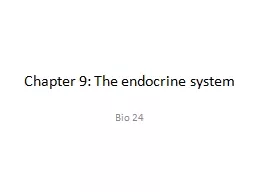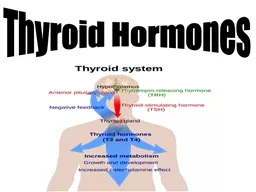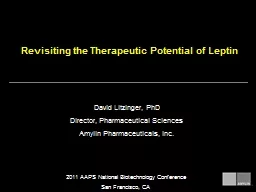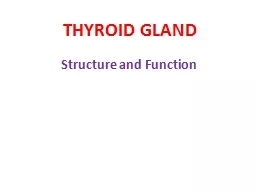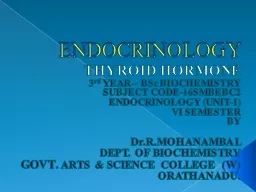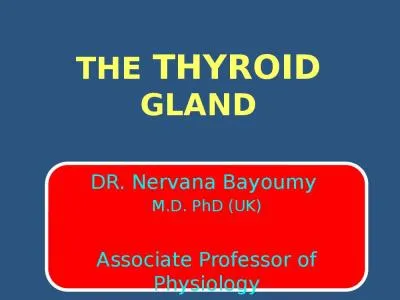PDF-The Inx0066006Cuence of Thyroid Hormones on Leptin and Resistin Lev
Author : melody | Published Date : 2022-10-27
40 Hyperthyroidism or thyrotoxicosis occurs due to excess release of thyroid hormone These hormones regulate the body146s energy balance and have effects on adipokine
Presentation Embed Code
Download Presentation
Download Presentation The PPT/PDF document "The Inx0066006Cuence of Thyroid Hormones..." is the property of its rightful owner. Permission is granted to download and print the materials on this website for personal, non-commercial use only, and to display it on your personal computer provided you do not modify the materials and that you retain all copyright notices contained in the materials. By downloading content from our website, you accept the terms of this agreement.
The Inx0066006Cuence of Thyroid Hormones on Leptin and Resistin Lev: Transcript
Download Rules Of Document
"The Inx0066006Cuence of Thyroid Hormones on Leptin and Resistin Lev"The content belongs to its owner. You may download and print it for personal use, without modification, and keep all copyright notices. By downloading, you agree to these terms.
Related Documents



